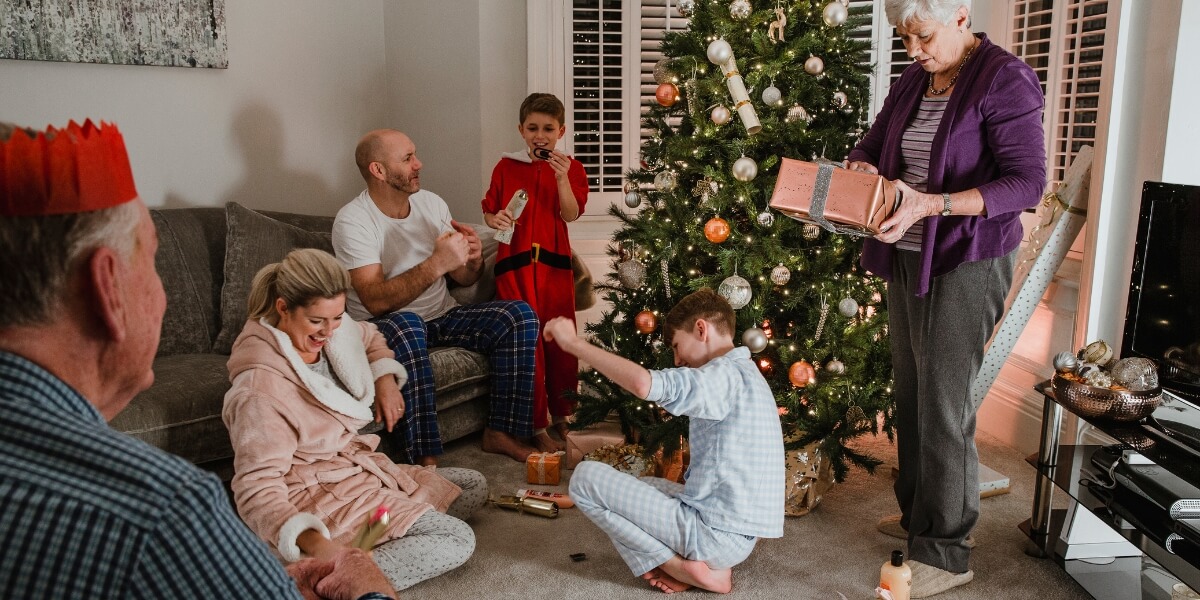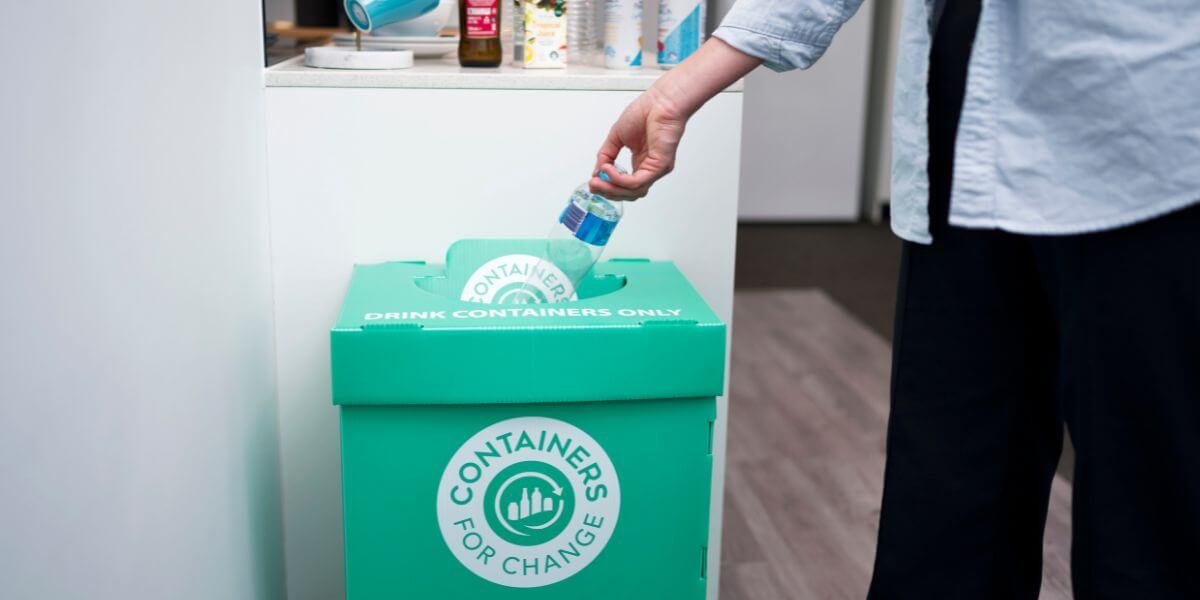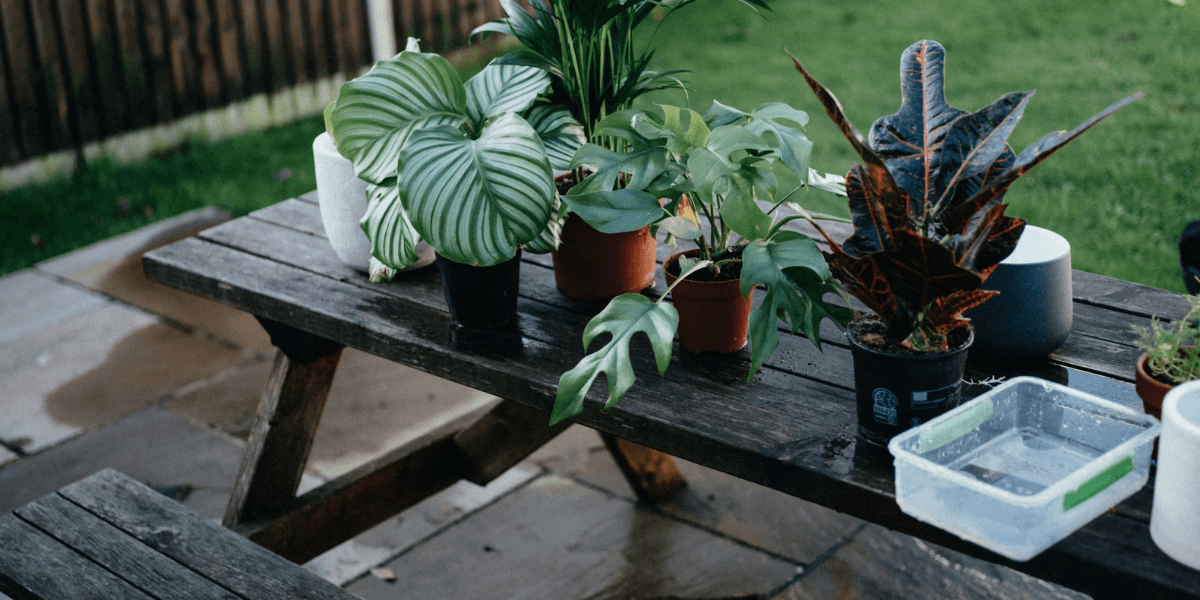REDUCE EMISSIONS, SAVE ENERGY, SUSTAINABLE TRANSPORT
‘Set and forget’ shortcuts to reduce your carbon footprint
Alexandra Shepherd is reducing her carbon footprint with a range of one-off easy actions that she can ‘set and forget’, without sacrificing big changes to behaviour or lifestyle, writes Sam Mullen.
When people think about lowering their carbon footprint, significant changes to behaviour and lifestyle come to mind such as becoming a vegetarian or giving up car transport, to name a few. And while these actions will lower your carbon footprint, many other one-off easy actions or investments can also help reduce your emissions, with convenience.
These actions are also helpful when you live with other people that may not be as determined to live sustainably as you are. Whether it’s housemates, young children or your partner, you can avoid constant eco-nagging by taking some shortcuts that will lower your household emissions without requiring big behaviour changes from the people that live with you. But if you do want to try and influence the behaviour of others, check out these tips.
Alexandra Shepherd was determined to consider these ‘set and forget’ actions on her journey to reduce her carbon footprint. Living in a shared apartment in South Brisbane, Alexandra took the Brisbane Carbon Challenge to estimate her household emissions from home energy use, transport and waste. After seeing how she compared to the Brisbane average, Alexandra used the online tips and resources and worked through an ambitious action plan to halve her emissions in one year.
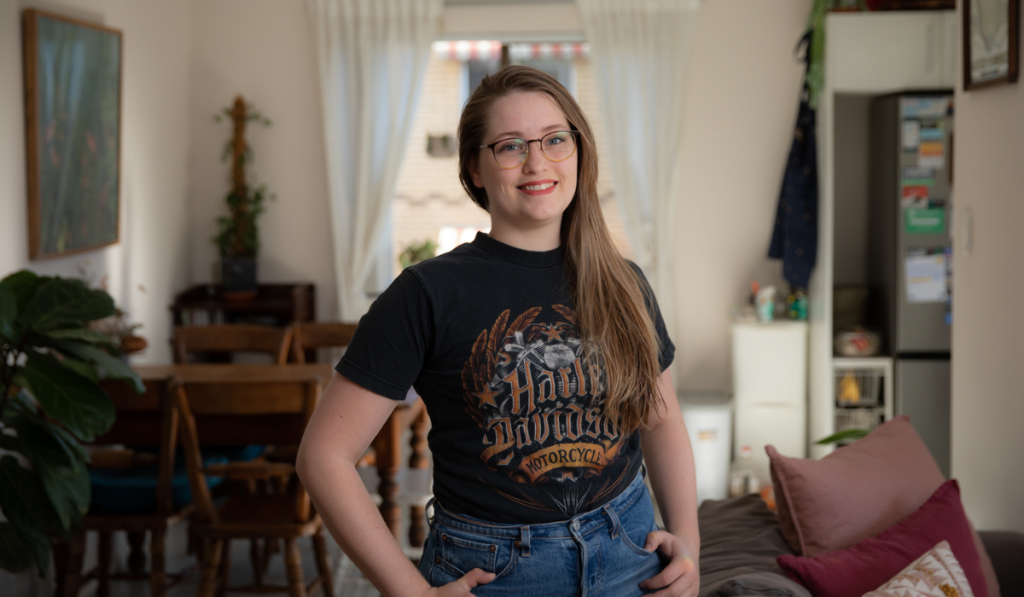
The results? Alexandra slashed her household carbon footprint by 56%! While she was happy to change some of her behaviours, here are some set and forget actions that helped along the way:
Shortcuts to reducing your carbon footprint:
Getting energy-efficient
Alexandra knows that air-drying her clothes is a great way to save on energy consumption (and bills). However, living in an apartment, her housemate prefers to use the dryer. Instead of forcing her housemate to change their behaviour, Alexandra went for the next best option and invested in an energy-efficient heat-pump clothes dryer. So now they have reduced their energy consumption without having to do things differently.
Alexandra has her eyes set on her fridge next, which is a smart move as refrigeration accounts for 13% of the average Queensland households’ energy consumption.
Let the machines do the work
Turning off lights and appliances at the wall when they’re not in use can save households up to 14% on their energy bill. However, getting the whole household into the habit of constantly checking all your switches can be challenging. Luckily, a bunch of affordable and easy-to-use products can do this for you!
Alexandra recommends, ‘smart technology plugs [that] turn off all devices after a certain time at night or if everyone has left the house.’
Households can also reduce energy-related emissions by upgrading their lighting. ‘If you are on a budget, get LED lights – they are longer lasting, have less energy output, come in a range of colours and are readily available. If you want more of an upgrade, look into smart lights – you also have the added benefit of geofencing and [setting] a lighting schedule,’ Alexandra recommends.
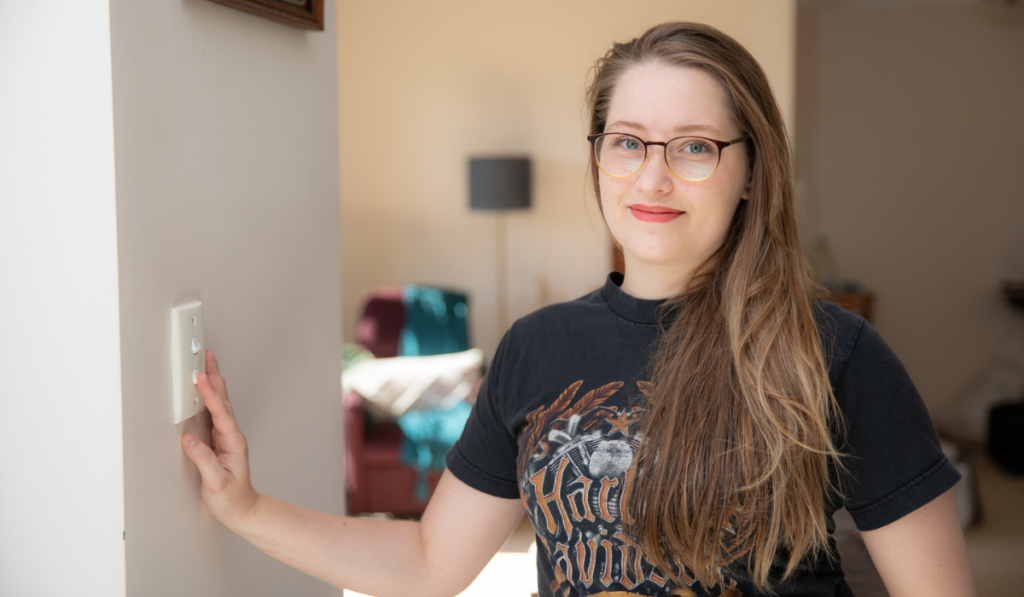
Eco-drive down your emissions
Transport is responsible for 48% of the average Brisbane household’s carbon emissions.
While there are many things you can do to reduce car trips and save on fuel, many Brisbane residents can’t avoid using their car. Thankfully, eco-driving can help you save on fuel and lower emissions by adopting simple driving and car maintenance techniques. For the full run-down, RACQ have a comprehensive list of eco-driving actions.
If you need a reminder to consider all these actions while driving, try getting an in-car monitoring device. It gives real-time visual feedback to know when you’re not driving in an eco-efficient way. Many cars also have ‘eco-driving’ settings within their dashboard.
Alexandra used the GOFAR in-car monitoring device, which helped her ‘know if [she was] speeding, putting the gas too hard, or in the wrong gear.’ This definitely paid off:
‘My goal… was [to save] $40 per month on petrol, based on normal day to day driving. I have accomplished this and more in some months.’
The big one: switch to GreenPower
We’ve said it before, and we’ll say it again: switching to a 100% GreenPower (renewable energy) electricity plan is one of the most effective ways Brisbane residents can reduce their carbon emissions. In fact, switching to GreenPower can nearly halve the carbon footprint of Brisbane households in one simple action. Here’s a helpful explainer of what GreenPower is and how it can reduce your household emissions.
More than 60% of Alexandra’s household emissions from transport, energy and waste came from energy use. The switch to GreenPower and other energy-efficient actions slashed her household’s energy-related emissions by 75%!
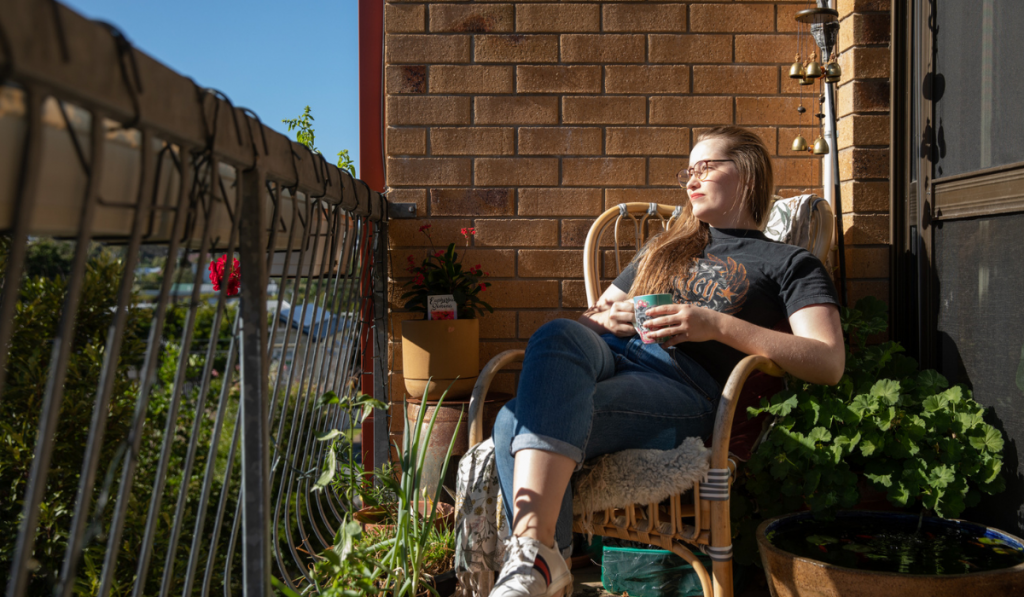
Want to start your own low-carbon journey?
Start by taking the Brisbane Carbon Challenge. Estimate your household carbon emissions and learn how small steps at home can have a big impact on reducing your carbon footprint, no matter your budget, lifestyle or household type. Alexandra is just one of thousands of Brisbane households who have taken the Brisbane Carbon Challenge. Join them and take the challenge today.
The author

Sam Mullen
Sam is a sustainability specialist at Brisbane Sustainability Agency and enjoys helping residents and community groups understand and reduce their climate impact while also promoting a circular economy.



